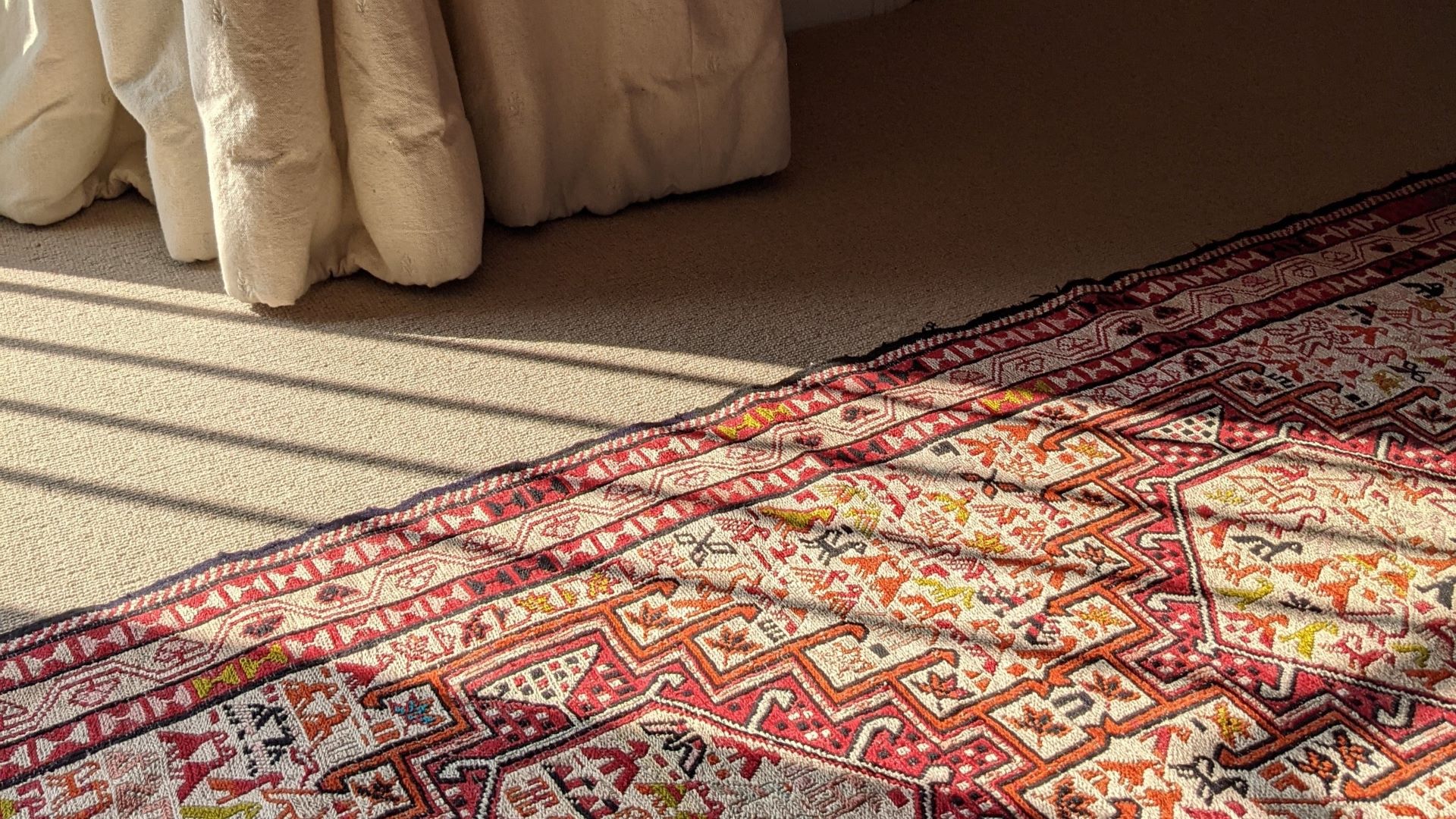Years ago when I was working for a charity we ran a gruelling event on the other side of the world. Every day started with a team meeting at 7am in a windowless office, and we’d be on the go until the early hours of the following morning. It didn’t go well. By the end of the week we’d fallen out with each other and were all sleep deprived, cabin crazy and emotional. (If you were one of my colleagues at the time you’ll know exactly which event I’m talking about!)
There were many factors that made this event a nightmare, but I think the lightless, airless room that we started and ended every day in played a significant role. Our human bodies evolved in an environment where sunlight governed not just our external landscape and opportunities, but our internal environment and behaviour. Our ancestors would have experienced fresh air and natural light on their skin (and their retinas) every day, and used that information to plot their course and plan their day.
Modern homes provide us with so much comfort but they have altered our relationship with the day’s natural light and rhythm. We need to reinstate and rebuild that relationship in our homes. Here’s how interior design can increase your wellbeing in the winter months.
Understand how daylight enters your home
Make a note of the direction that each of your rooms faces in relation to the sun, and start to notice how the light moves through the room during the day. In the northern hemisphere, south facing rooms will tend to feel light and bright for much of the day. North facing spaces will tend to feel cooler and darker, and will experience a lower level of light all day. East and west facing rooms will ebb and flow between bright and low light, depending on the hour.
Once you are aware of how and where daylight reaches your home, you’ll have a better idea of where you need to maximise it.
Incorporate more windows and glass doors
If you’re doing a full renovation, the easiest way to boost the amount of natural light in your home is to increase the size and scope of windows and glass doors. In general, the bigger the better, subject to your budget, but in south facing rooms you will need to ensure that you can screen out glare from the sun on very bright days, especially in the summer.
In hallways, basements, and small spaces, it can be more of a challenge, but by using internal windows, light wells and roof lights it is possible to get natural light into many poky spaces. Internal doors can also incorporate glass, rather than being solid, which will allow more light to enter connected rooms.
Think about curtains and ventilation
You can have the biggest window in the world but if you can’t open it to let some fresh air in, or if half of the window is covered by heavy curtains or roman blinds, then you’re really not able to benefit fully from it.
Make sure that you can open at least a couple of your windows, and easily, otherwise the chances are you won’t. We need to open our windows every day if possible, even in the middle of winter: firstly to let any pollutants out – these can include chemicals released by paints, cosmetics, cleaning products and stoves – and secondly to reconnect ourselves to the sounds and smells of the natural world.
When it comes to window dressing, be aware of how your choice will affect the light coming in. It’s important to be able to control glare, and create privacy, but you don’t want to lose the benefit of whatever windows and glass you have installed.
Use reflective surfaces
Even if you have a dark home with relatively small windows it’s still possible to amplify the natural light you have using reflective surfaces. Mirrors are a great way to bounce light around a room and instantly create a sense of more brightness and space. They work really well in hallways, and will also help to magnify the effect of any electric lighting in the space.
Paint too can reflect light when it has a gloss finish. Shutters, window recesses, floors and even ceilings (if you’re feeling really brave!) can get the gloss treatment in order to bounce more daylight into a room. (Visit my Pinterest board to see some of these ideas in action.)
Finally, furniture which is shiny and reflective will make the natural light you have go further.
Conscious interior design can increase your wellbeing in the winter months and help you beat the blues. If our homes celebrate and maximise natural light they will reinforce our natural circadian rhythms, soothe our hominid brains, and support our well-being all year round.
For more tips on how to make your home feel good, follow me on Instagram. Or if you’d like some more tailored advice, contact me to arrange an interior design consultation.

